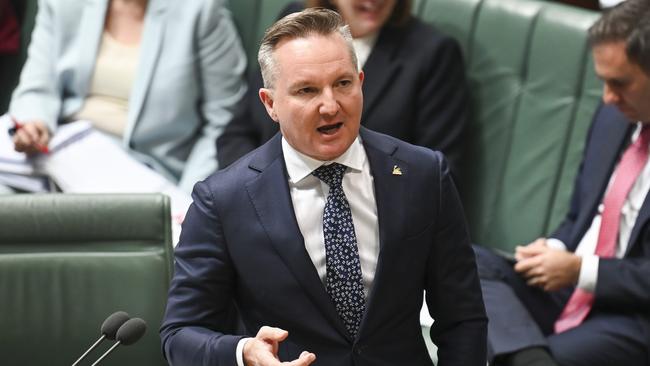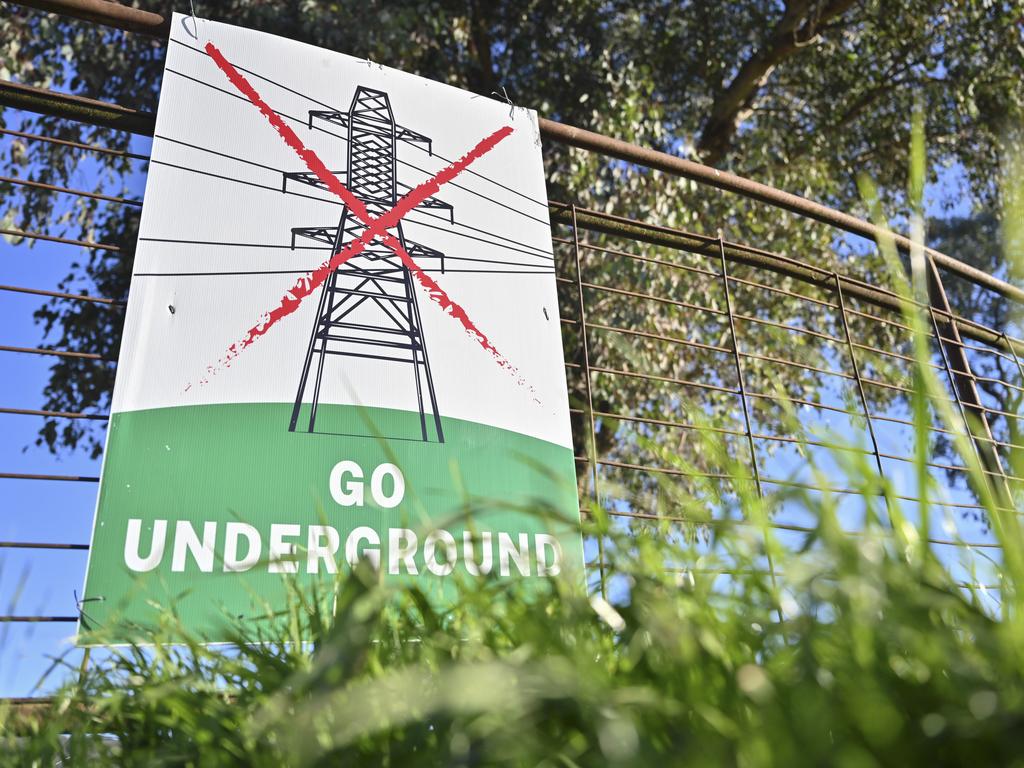
And it’s not just about exaggerated reporting of natural disasters. Think about preconceptions among environment writers about the rights of people directly affected by the renewables grid expansion. Add to that journalists who ignore inconvenient facts about what is really happening to emissions around the world, and especially in China and India.
This column suggested last year that editors should send reporters into regional Australia to look at the reaction of rural communities affected by the rollout of more than 10,000km of poles and wires to connect renewables projects to the eastern states’ grid. This column has also pointed many times to misreporting of China’s renewables expansion while ignoring its rapidly expanding CO2 emissions.
This paper’s chief writer, Christine Middap, is the former editor of The Weekend Australian Magazine. She published a compelling piece on Saturday July 21 under the headline “Casualties on the road to renewables”.
The piece examined the plight of landholders affected by Transgrid’s HumeLink transmission project. Middap explained what fourth-generation Snow Valleys land holder Dave Purcell sees from his farm: eight to 14 steel towers, up to 76m high, carrying cables crisscrossing his cattle property.
Even Minister for Energy Chris Bowen sympathised with the plight of such farmers. “In my experience, most concerned community members are not anti-renewables, anti-transmission or anti-progress. Nor in most cases are they opposed to projects going ahead if their concerns are addressed,” Bowen was quoted saying.
The Sydney Morning Herald took a very different tack on the issue on Saturday September 9. This is a paper that has devoted probably hundreds of thousands of words in the past 50 years to disputes in Sydney’s eastern suburbs over trees disrupting multimillion-dollar harbour views.

National environment and climate editor Nick O’Malley savaged the new NSW Labor government’s decision to extend the life of the Eraring power station in the Hunter Valley. This is the country’s largest power source and the likelihood it would need to remain open beyond the 2025 date owner Origin Energy has flagged for closure has been known for years.
O’Malley quoted NSW Minister for Energy Penny Sharpe on social licence and renewables. “As Sharpe says, transition involves dispersing energy production that was once centralised mostly in the Hunter Valley across the state. Objections to new solar farms, wind turbines and transmission lines from landholders across the east coast are increasing.”
The piece, a full page, went on to quote several green energy lobbyists and planning experts about the slow processes of the NSW Department of Planning. From people whose land is being dissected by such projects – not a word. The renewables industry lobby owns the SMH’s journalism.
Reporting about the renewables commitments of the No.1 and No.3 global CO2 emitters, China and India, is just as lacking. Too many environment writers focus on increasing renewables use while ignoring that both countries are expanding their coal capacity.
In fact, The Telegraph in London on September 6 said China had this year started on new coal capacity greater than the entire existing US coal fleet. Yet in much media here it is Australia that is the emissions pariah.
At least The Guardian was honest enough to publish the truth on August 29. Quoting analysis by the Global Energy Monitor and the Centre for Research of Energy and Clean Air, The Guardian said “… in the first half of 2023 (China’s) authorities granted approval for 52 gigawatts of new coal power, began construction on 37GW of new coal power, announced 41GW worth of new projects and revived 8GW of previously shelved projects.”
Yet ABC radio’s flagship morning current affairs program, AM, on September 11 reported – po-faced – that Australia was being left behind by China’s energy transition as renewables industry leaders here pleaded for subsidies to help compete with US President Joe Biden’s misnamed Inflation Reduction Act spending on US emissions reduction.
Reporter Annie Guest interviewed Tim Buckley from the consultancy Climate Energy Finance who called for $100bn in government investment in renewables and critical minerals such as copper and lithium. Buckley believed the Future Fund should become an equity holder in renewables projects.
John Grimes, CEO of the Smart Energy Council, told Guest China was leading the world in the production and export of solar panels, wind turbines and EVs. “The rest of the world is in China’s dust,” he said.

Indeed, China has been the biggest beneficiary of the global energy transition across the West, even though it has increased domestic coal consumption by 300 million tonnes a year and last year increased emissions by 10 per cent over the pre-Covid peak set in 2019, according to The Conversation on July 10.
It is the biggest emitter by far, has the fastest-growing emissions and yet is the winner from commitments in Europe, East Asia, North America and Australia to reduce their emissions. In effect, the rest of the world is exporting its industrial base to China for no net gain on global emissions.
In fact, several European car makers, including German giant Volkswagen, have warned in recent months that European car production is on the verge of collapse in the face of cheap imported Chinese EVs and conventional cars and soaring power prices in Europe.
Now President Biden is using the Inflation Reduction Act to get a piece of the action China has been enjoying and European vehicle, electronics and chemical companies are moving manufacturing facilities to the US. Renewables lobbyists here want government subsidies so they can get some of the cake too. But what if it all fails?
AM was incurious about China’s rising emissions, the dangers of governments picking winners, the severe economic downturn in China, and the possibility Biden’s green agenda may just be a trillion dollar act of self-harm.
An editorial in The Wall Street Journal on September 4 warned many projects that were made possible only by Biden subsidies are now seeking large price increases from utility ratepayers to compensate for higher interest rates and soaring investment costs. Offshore wind developers in New York are seeking a 48 per cent rise in their power delivery contacts.
“The Alliance for Clean Energy NY is also requesting an average 64 per cent price increase on 86 wind and solar projects,’’ the Journal said. It noted growing demand nationally for renewables projects in the wake of Biden’s subsidies had driven inflation in the prices of renewables components.
So the laws of supply and demand apply even in the green economy? Who knew.
Good journalists should cast a sceptical eye over the self-interested claims of people wanting government handouts to boost private profits. Many consumers don’t pay for their media, relying on free sources such as the ABC and The Guardian.
It is incumbent on such sources to test the claims of those who stand to profit from new technologies. ABC consumers may be astounded to know there is as yet no economically viable technology pathway to green hydrogen. Nor would many realise most energy specialists expect all countries will continue to rely on gas for decades to firm renewables.







The main sources of misinformation on Australia’s renewable energy transition are journalists from the ABC and the Nine newspapers.